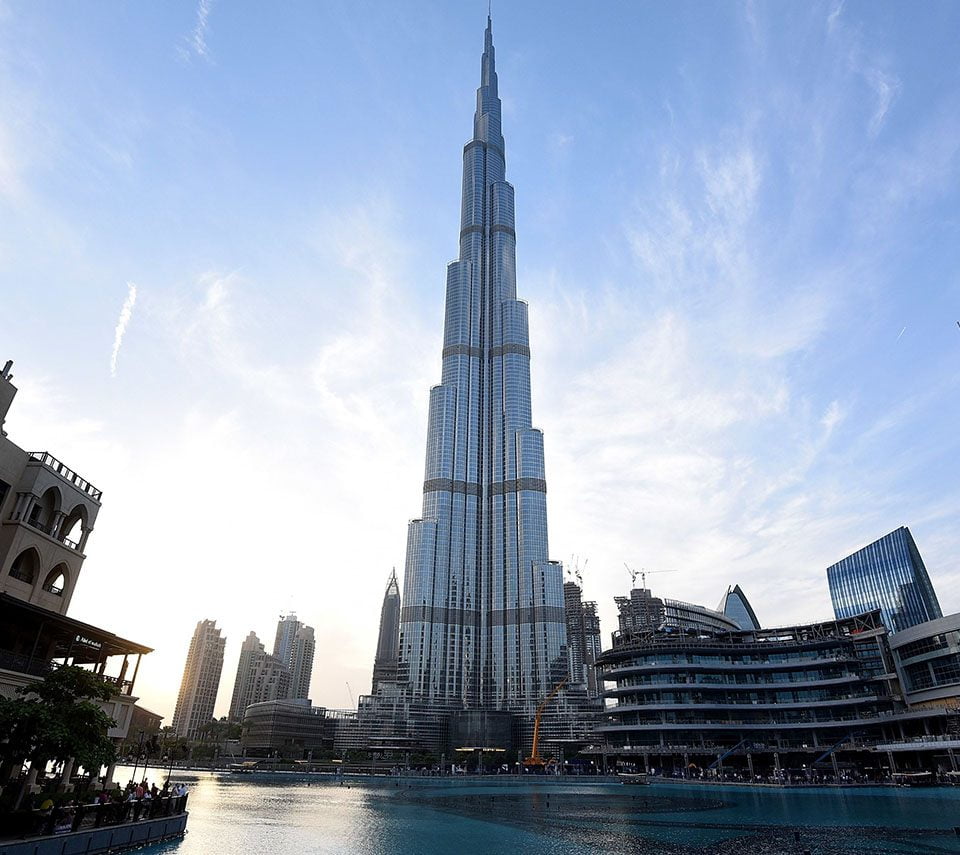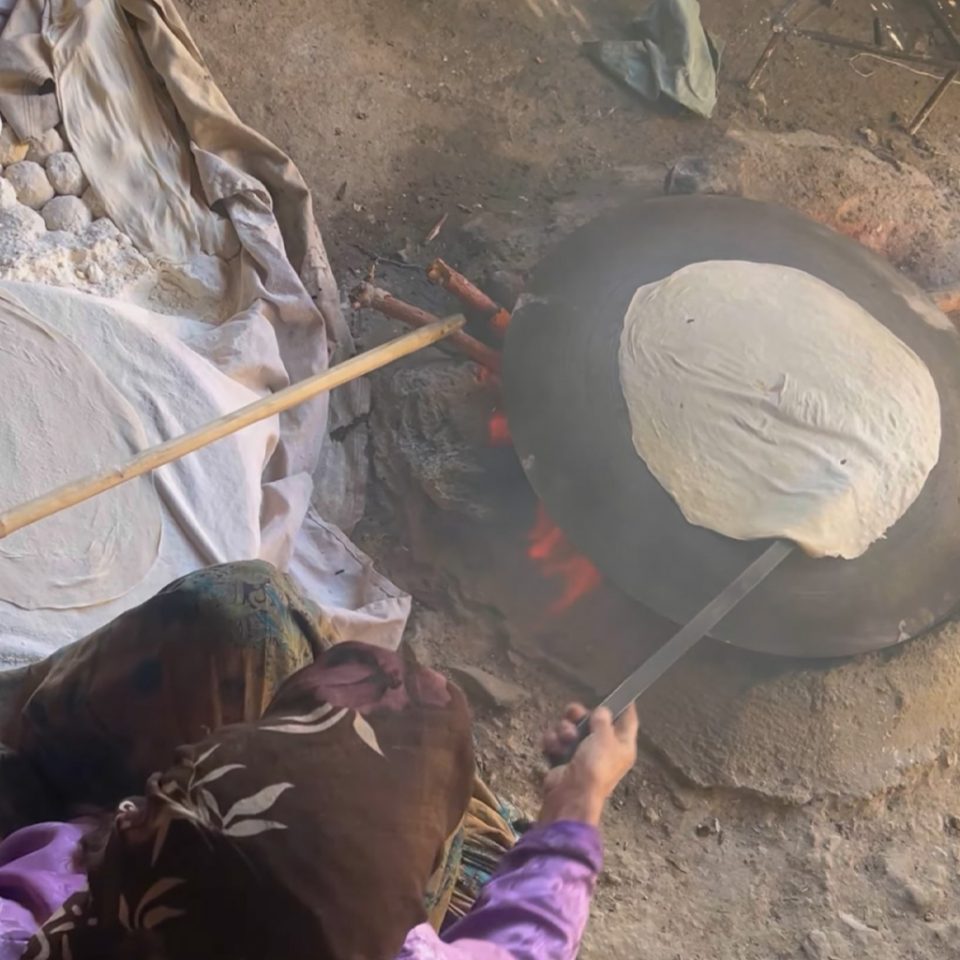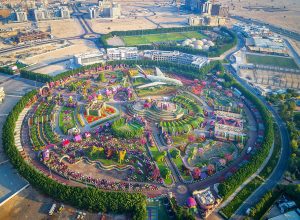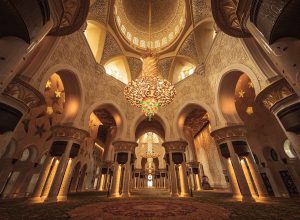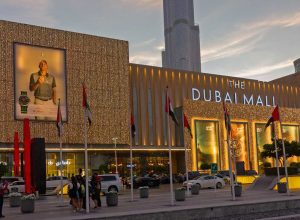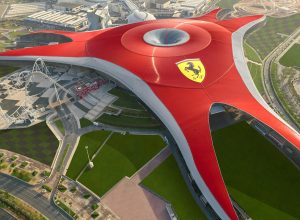Burj Khalifa, located in Dubai, United Arab Emirates, is the tallest building in the world, standing at a height of 828 meters (2,716 feet). Since its opening in 2010, it has become one of the most popular tourist destinations in the world, attracting millions of visitors each year. In this article, we will explore the history, design, architecture, and attractions of Burj Khalifa, providing you with a comprehensive guide to this iconic structure.
Table of Content
History of Burj Khalifa
Burj Khalifa is a modern architectural marvel that has become one of the most iconic structures in the world. The construction of the tower began in 2004 and was completed in 2010. However, the idea for the building dates back to the 1990s, when the Dubai government began envisioning a new development project that would transform the city’s skyline and position it as a global hub for business and tourism.
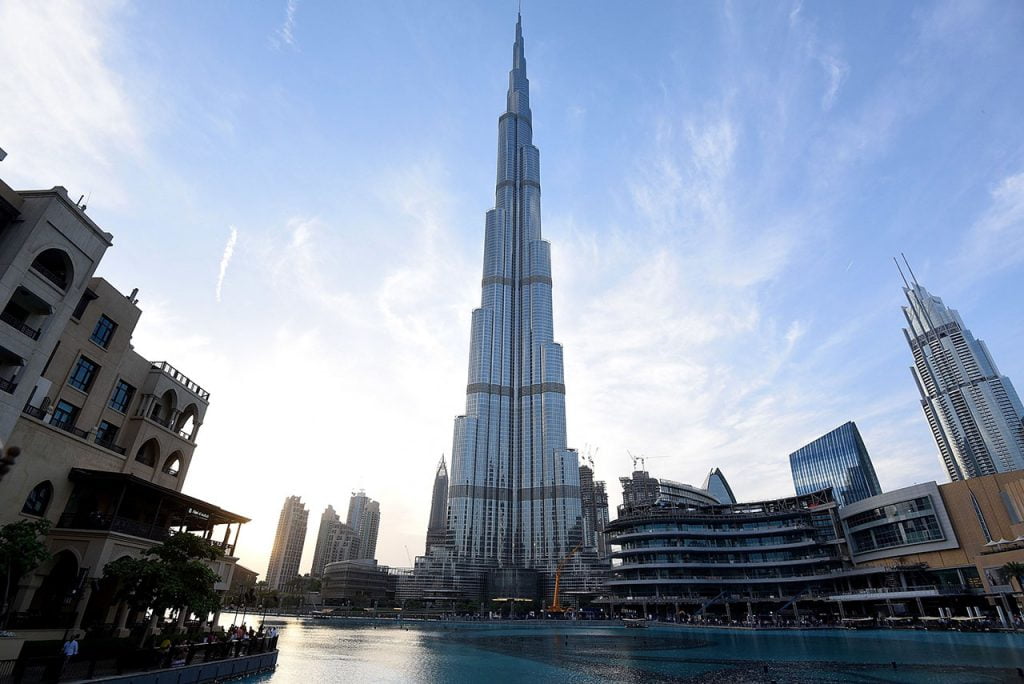
The Burj Khalifa project was initiated in 2003 by Sheikh Mohammed bin Rashid Al Maktoum, the ruler of Dubai. The tower was originally conceived as part of a larger development known as the “Downtown Dubai” project, which aimed to create a mixed-use development that would be home to residential, commercial, and retail spaces.
The architectural design of the tower was developed by the Chicago-based architectural firm Skidmore, Owings & Merrill (SOM). The tower’s design was inspired by Islamic architecture and features a series of setbacks that create a spiraling effect, giving it a unique and distinct appearance. The design also incorporated various sustainable features, such as a high-performance exterior cladding system that helps to reduce energy consumption.
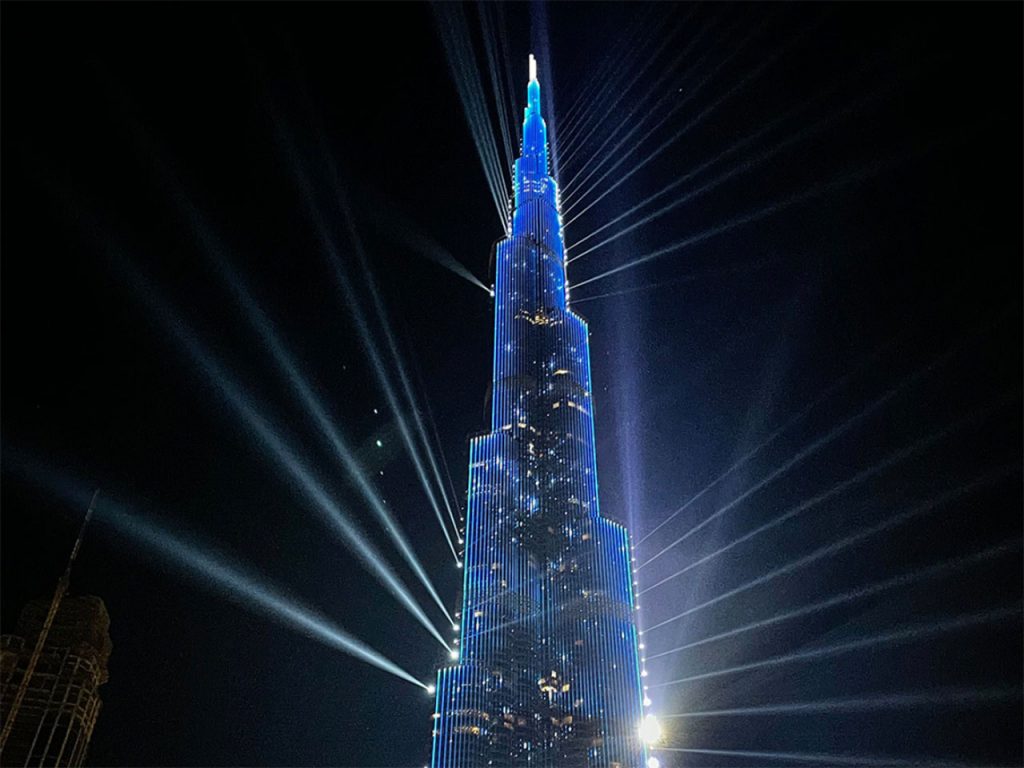
The construction of Burj Khalifa was a monumental engineering feat that involved a team of over 12,000 workers and required the use of innovative construction techniques. One of the key challenges of the project was the need to build a tower that could withstand high winds and extreme temperatures. To achieve this, the tower’s foundation was constructed using a system of piles that were driven deep into the ground, and the tower’s tapered shape was designed to reduce wind loads and increase stability.
The tower was officially inaugurated on January 4, 2010, and was renamed Burj Khalifa in honor of Sheikh Khalifa bin Zayed Al Nahyan, the president of the United Arab Emirates and the ruler of Abu Dhabi, who provided crucial financial support for the project.
Today, Burj Khalifa is a major tourist attraction and a symbol of Dubai’s ambition and innovation. The tower has won numerous awards for its design and engineering, and it continues to attract millions of visitors from around the world who come to marvel at its beauty and scale.
History of Dubai
Dubai is a city located in the United Arab Emirates (UAE) and is one of the seven emirates that make up the country. The history of Dubai dates back to the 18th century when the area was primarily inhabited by Bedouin tribes who were engaged in fishing, pearl diving, and trading.
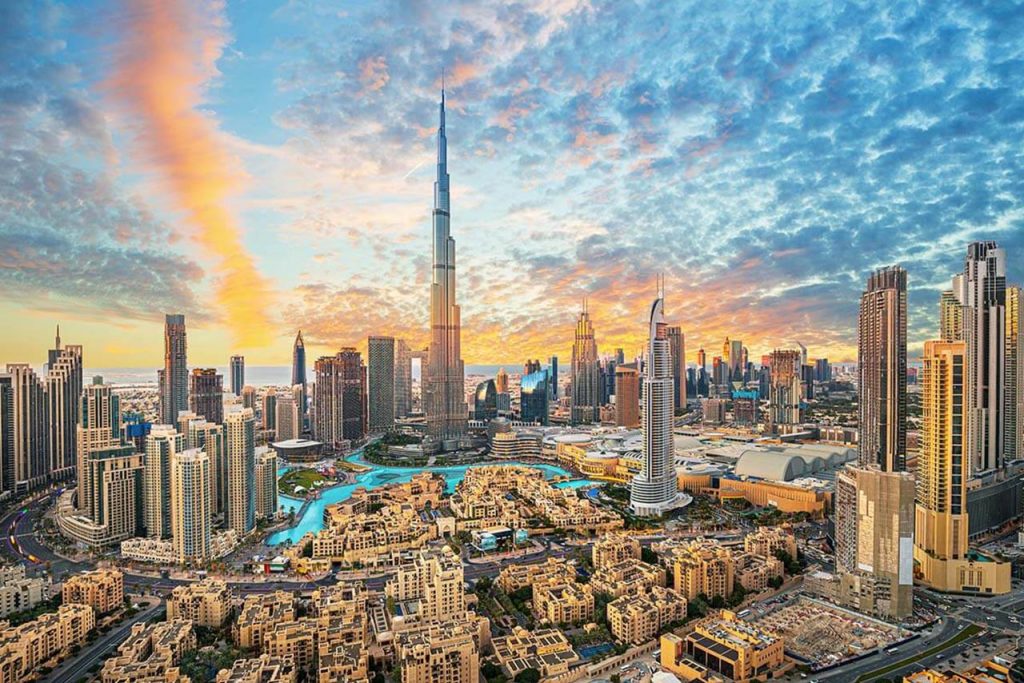
In the late 19th century, Dubai started to develop into a trading port, thanks to its strategic location on the Arabian Gulf. The port attracted traders from all over the world, including India, Persia, and Europe, who came to Dubai to trade in goods such as pearls, spices, textiles, and gold.
In 1966, Dubai struck oil, which transformed the city’s economy and marked the beginning of its rapid development. The newfound wealth from oil allowed the city to invest in infrastructure, including roads, bridges, and airports, which facilitated the growth of tourism, trade, and commerce.
Dubai continued to grow and modernize throughout the 20th century, becoming a hub for tourism, finance, and trade. Today, Dubai is one of the most dynamic and cosmopolitan cities in the world, attracting millions of visitors each year who come to experience its world-class hotels, shopping centers, and attractions.
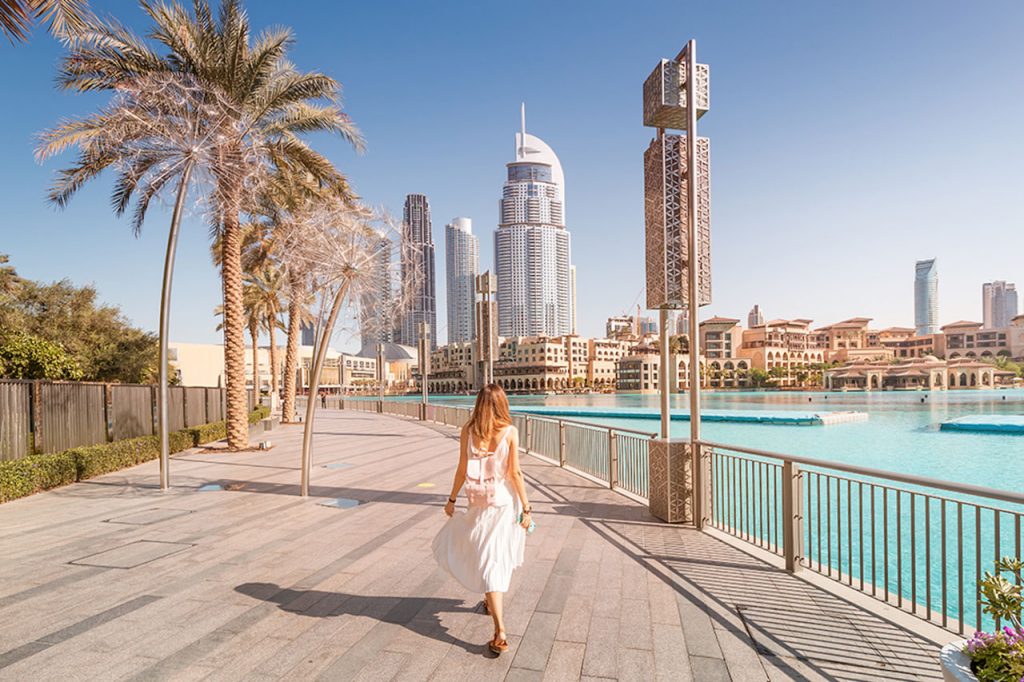
Dubai’s rapid development can be attributed to a number of factors, including its strategic location, its visionary leaders, and its commitment to innovation and diversification. Dubai has always been a melting pot of cultures, and its leaders have worked to create a business-friendly environment that attracts entrepreneurs and investors from around the world.
One of the key figures in Dubai’s modern history is Sheikh Rashid bin Saeed Al Maktoum, who served as the ruler of Dubai from 1958 until his death in 1990. Sheikh Rashid was instrumental in transforming Dubai from a small fishing village into a modern metropolis. He invested heavily in infrastructure, including roads, airports, and seaports, and encouraged foreign investment in the city.
Under the leadership of Sheikh Rashid and his successors, Dubai has continued to grow and diversify its economy. In addition to oil, the city now relies on sectors such as finance, tourism, real estate, and trade. Dubai is also known for its commitment to innovation, as evidenced by projects such as the Burj Khalifa and the Dubai Mall, which are among the largest and most iconic structures in the world.
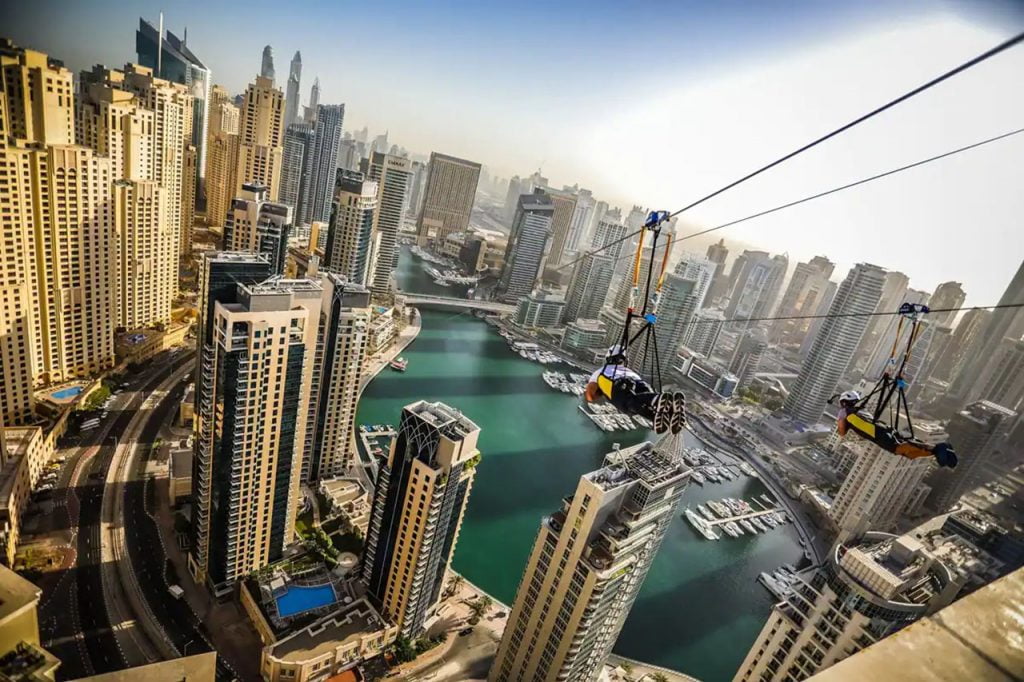
Dubai’s success has not come without challenges, however. The city has had to navigate issues such as labor rights, human trafficking, and environmental concerns. Nonetheless, Dubai remains a shining example of a city that has managed to overcome adversity and achieve unprecedented success through visionary leadership, strategic planning, and a commitment to innovation and diversification.
Burj Khalifa
Design And Architecture
Burj Khalifa is a skyscraper with a unique design inspired by Islamic architecture. Its exterior is covered in a cladding system made of aluminum and reflective glass, which gives it a sleek and modern look. The building has 163 floors, with the highest observation deck located on the 148th floor, offering breathtaking views of the city.
Burj Khalifa Attractions
Burj Khalifa offers a range of attractions for visitors, including the At the Top observation deck, the Burj Khalifa Sky Lounge, and the Dubai Fountain. The At the Top observation deck is located on the 124th floor and offers panoramic views of the city. The Burj Khalifa Sky Lounge is located on the 148th floor and is the highest lounge in the world. The Dubai Fountain is the largest choreographed fountain system in the world and is located outside the building.
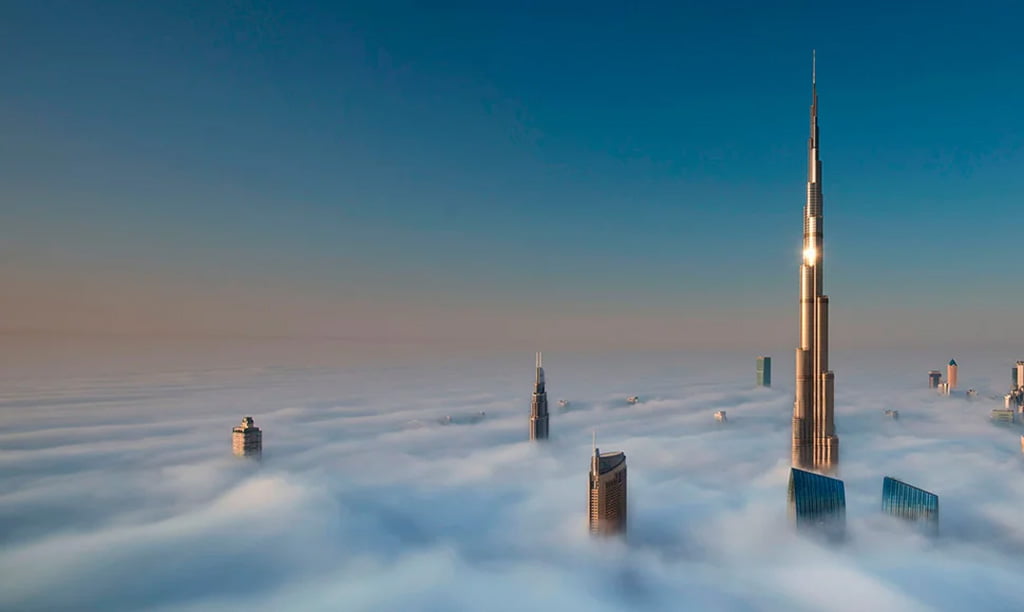
Burj Khalifa offers visitors a range of attractions, including the Dubai Mall, the Dubai Fountain, and the Burj Khalifa Lake. The Dubai Mall, which is located at the foot of the tower, is one of the largest shopping centers in the world and offers visitors a wide range of shopping, dining, and entertainment options. The Dubai Fountain is located outside the building and features a stunning display of water, music, and light shows. The Burj Khalifa Lake is an artificial lake located at the base of the tower and is home to a spectacular fountain show.
Visiting Burj Khalifa
Visiting Burj Khalifa is a must-do activity for anyone visiting Dubai. Tickets can be purchased online or at the ticket counter in the building. There are several types of tickets available, including the At the Top observation deck ticket, the Burj Khalifa Sky Lounge ticket, and the Dubai Fountain ticket. It is recommended to book tickets in advance, as the tower is one of the most popular tourist destinations in the world and attracts millions of visitors each year.
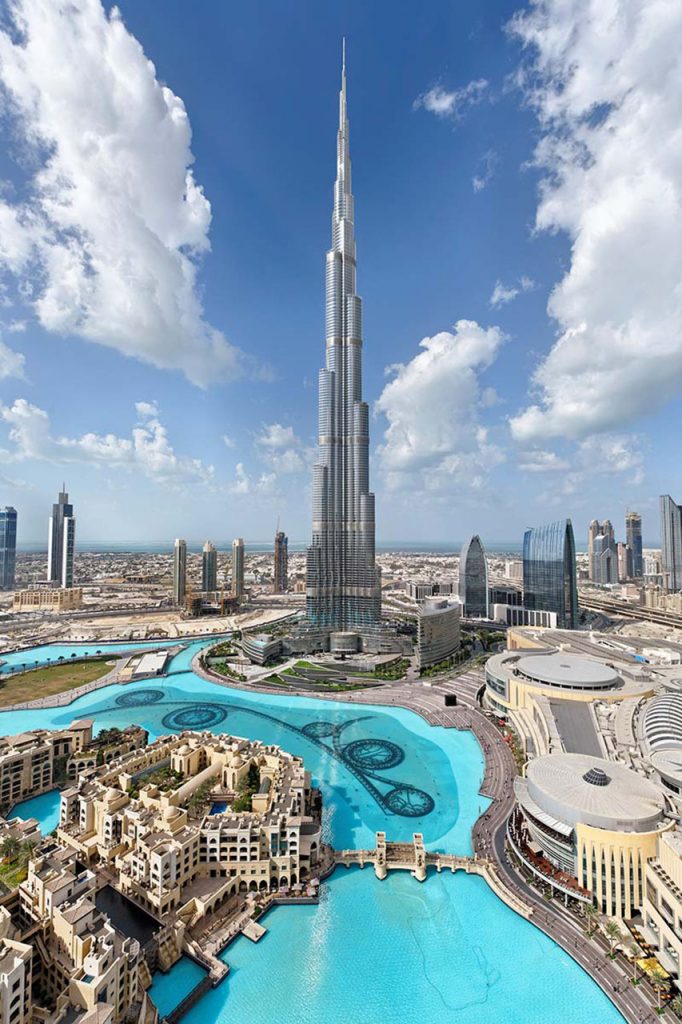
Construction
Burj Khalifa’s construction involved innovative engineering techniques, including a system of cranes and elevators designed to withstand high winds and extreme temperatures. The building’s foundation is made up of a concrete mat that is over 3.7 meters (12 feet) thick and is supported by piles driven deep into the ground. The tower’s tapered shape was also designed to reduce wind loads and allow for better stability.
Conclusion
In conclusion, Burj Khalifa is not only the tallest building in the world, but it is also an engineering marvel and an architectural masterpiece. Its unique design, innovative construction techniques, and range of attractions make it a must-visit destination for anyone visiting Dubai. Whether you’re interested in architecture, or engineering, or just want to take in the stunning views of the city, a trip to Burj Khalifa is an unforgettable experience.
